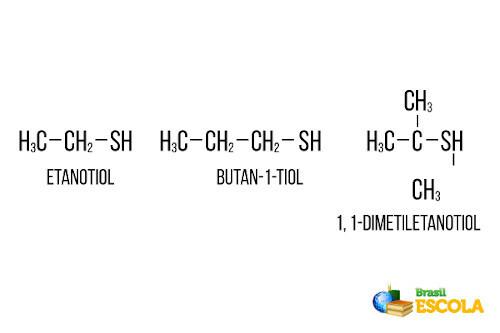Argon is a chemical element with the symbol Ar, atomic number 18, atomic mass 40 and belonging to group 18 (VIIIA) of the periodic table.
It is the most abundant noble gas on Earth, estimated to comprise 0.93% of the volume of gases present in the atmosphere.

Features
In 1785, Henry Cavendish, when verifying the composition of the air, noticed the presence of another element with characteristics similar to nitrogen, however, with the difference that it does not undergo chemical reaction and greater density. At that moment, he already imagined that it was a new chemical element.
It was only in 1894 that scientists Rayleigh and Ramsey isolated argon from the distillation of liquid air, confirming its characteristics and naming it based on its non-reacting characteristic chemically.
Therefore, its name derives from the Greek argon which means inactive or lazy, because it is unreactive. Thus, it is said to have chemical inertness.
At room temperature, argon is in a gaseous state, characterized by being a colorless, odorless and tasteless gas.
Under natural conditions, it is obtained through the isotope 40K (Potassium), which breaks off and migrates to the atmosphere. On an industrial scale, it can be obtained by liquefaction and fractional distillation of air.
An interesting feature is that when the 40K isotope is transmuted to argon, it can be used to estimate the age of the Earth, which is known as potassium-argon dating.
Learn more, read also:
- Chemical elements
- Periodic table
- Noble Gases
applications
Argon has several uses, including:
- Filling of fluorescent lamps;
- Conservation of oxidizable materials, such as some museum pieces. Because it is inert, argon prevents the material from corroding;
- Component of fire extinguishers, used especially in the case of more delicate materials such as photographic materials and museum collections;
- It constitutes the protective and inert atmosphere for the production of welds;
- Used to inflate car airbags;
- Medical lasers, especially those used in eye surgery.



